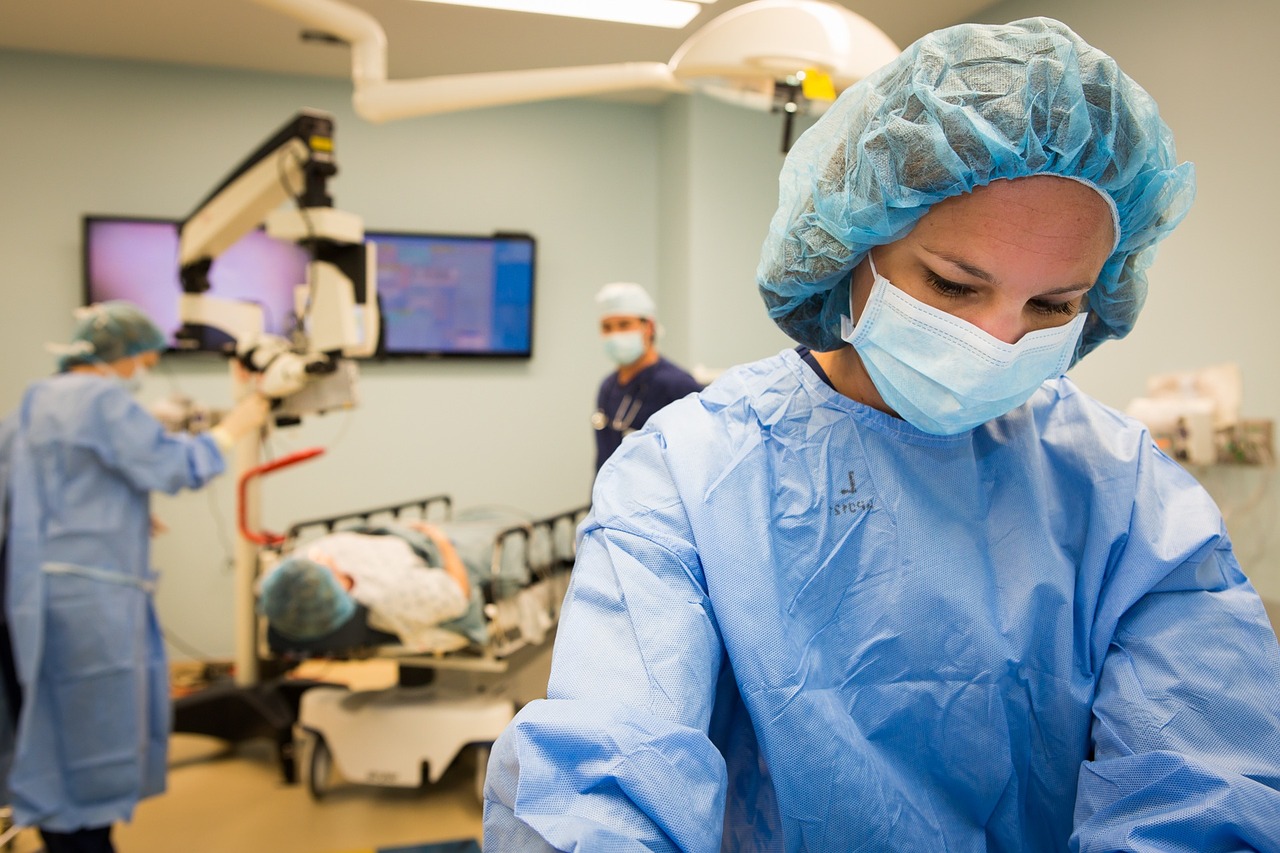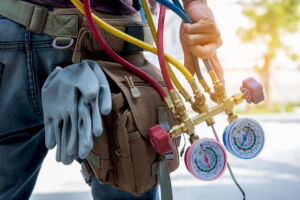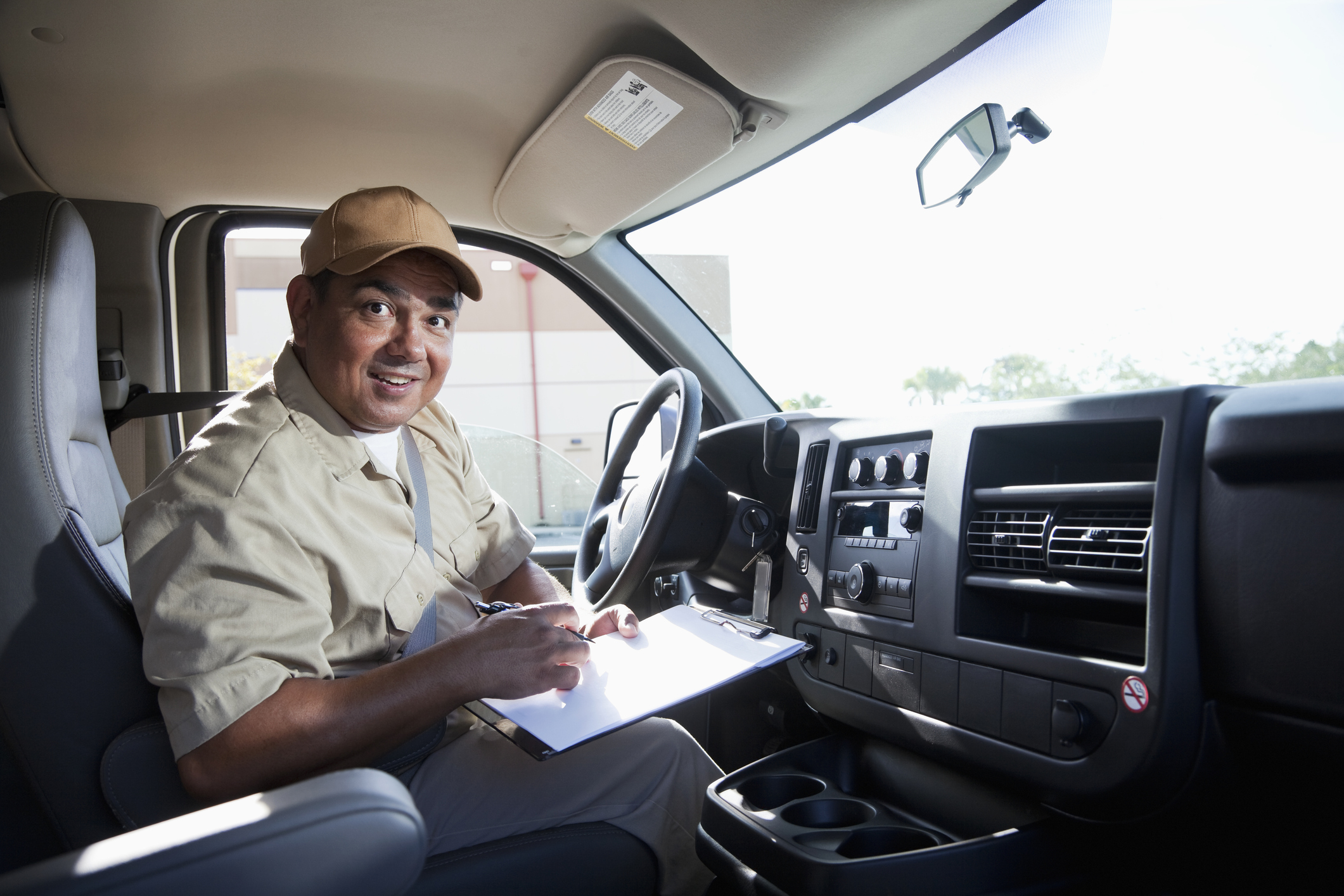Starting a career in HVACR is like learning to drive—you need the proper training before you can confidently hit the road. The HVACR Technician Program at CyberTex gives you the knowledge and hands-on experience to operate, install, and repair heating, cooling, and refrigeration systems. Just like a good driver understands the mechanics of a car, an HVACR technician must understand how systems work to keep homes and businesses comfortable and air quality safe. If you’re ready to take the wheel on a new career path, this program is your first step toward becoming an HVACR professional.
What is HVACR?
HVACR stands for Heating, Ventilation, Air Conditioning, and Refrigeration. This system controls temperature, humidity, and air quality in homes, businesses, and industrial buildings while keeping spaces comfortable and safe.
Heating: Systems like furnaces, boilers, and heat pumps warm indoor spaces during cold months.
Ventilation: This process moves fresh air inside, removing stale air, odors, and pollutants. Examples include exhaust fans and air ducts.
Air Conditioning: AC units cool spaces by removing heat and moisture, making them comfortable in hot weather.
Refrigeration: This technology keeps food, medicine, and other perishable items cold in homes, grocery stores, and restaurants.
Everyday Examples of HVACR
Home HVAC Systems – Central air conditioning and heating systems regulate indoor temperatures year-round.
Office Buildings – Ventilation systems improve air quality, reducing allergens and pollutants.
Restaurants – Refrigeration keeps food fresh, while ventilation systems remove cooking fumes.
Hospitals – Temperature control is critical for patient comfort, medical equipment, and medication storage.
Supermarkets – Large-scale refrigeration keeps dairy, meat, and frozen foods from spoiling.
How Do You Become an HVACR Technician?
HVACR technicians install, maintain, and repair heating, ventilation, air conditioning, and refrigeration systems. Here’s how to get started.
Step #1: Get a High School Diploma or GED
Most HVACR programs require a high school diploma or equivalent. Math, physics, and shop classes can help you build valuable skills.
Step #2: Enroll in an HVACR Technician Program at CyberTex
Training is how you learn system operation, troubleshooting, and safety procedures.
CyberTex offers an HVACR Technician Program that covers:
• Electrical systems
• Refrigeration basics
• Heating and cooling systems
• Airflow and ventilation
• Hands-on training with actual equipment
Step #3: Gain Hands-On Experience
CyberTex’s program includes practical training, giving you the experience to work with HVACR systems.
Step #4: Gain Industry Training
As you complete the HVACR program at CyberTex, you will begin to get industry training. This training continues when you start an apprenticeship that CyberTex can help you find.
Step #5: Get Industry Certifications
Many employers prefer HVACR technicians with certifications like:
• EPA 608 Certification (required for handling refrigerants)
• NATE Certification (proves technical knowledge)
CyberTex prepares students for these exams, improving job opportunities.
Step #6: Apply for Entry-Level Jobs
After completing training and earning certifications, you can apply for jobs with HVAC companies or even start your own business. CyberTex also offers career services to help you build a resume, prepare for interviews, and look for job opportunities within the Austin and Killeen areas.
Step #7: Continue Learning and Advancing
HVACR technology keeps evolving. Taking advanced courses or earning specialty certifications can help you grow.
Becoming an HVACR technician doesn’t require years of school, but it does take the proper training. CyberTex’s HVACR Technician Program helps you develop the skills needed for this career.
HVACR Program: The First Step to Being a Trade Professional
CyberTex’s HVACR Technician Program provides hands-on training to prepare you for heating, ventilation, air conditioning, and refrigeration careers. Below is a breakdown of the courses included in the program:
Introduction to HVACR
An overview of heating, ventilation, air conditioning, and refrigeration systems. During this course, you learn the basic system components, functions, and industry terminology to build a strong foundation.
HVACR Safety and Tools
You will learn workplace safety guidelines, including OSHA regulations, personal protective equipment (PPE), and safe handling of HVAC tools. This course also covers measuring instruments, multimeters, and hand tools used in installations and repairs.
Electrical Fundamentals for HVACR
This course covers the basics of electrical theory, circuits, voltage, and wiring used in HVAC systems. You gain hands-on experience troubleshooting electrical components, including thermostats, relays, and capacitors.
Refrigeration Systems and Components
Explores the principles of refrigeration, including the refrigeration cycle, pressure-temperature relationships, and refrigerant types. You learn to work with compressors, condensers, expansion valves, and evaporators.
Heating Systems and Boilers
This course covers different heating systems, such as furnaces, boilers, and heat pumps. You learn about fuel sources, combustion processes, and maintenance techniques.
Air Conditioning Systems and Maintenance
This course teaches the operation and service of air conditioning units. Topics include cooling cycles, airflow analysis, refrigerant management, and routine maintenance procedures.
HVAC System Installation
During this course, you get hands-on training in installing HVAC systems, including ductwork, electrical connections, and refrigerant charging. Proper installation techniques help improve system performance and efficiency.
Air Distribution and Ductwork Design
This course focuses on designing and installing ductwork to maximize airflow and system efficiency. Topics include static pressure, air balancing, insulation, and zoning strategies for residential and commercial applications.
EPA 608 Certification Preparation
Prepares you for the EPA Section 608 Certification Exam, which is required for handling refrigerants legally. This course covers environmental regulations, refrigerant recovery, and leak detection methods.
HVAC Troubleshooting and Repair
This course teaches you how to diagnose and fix common issues in HVACR systems. Topics include electrical faults, airflow problems, refrigerant leaks, and thermostat malfunctions.
Energy Efficiency and Green Technologies
Explores environmentally friendly HVAC solutions, including energy-efficient heat pumps, smart thermostats, and solar-powered HVAC systems. You learn about sustainable practices and compliance with energy regulations.
Commercial Refrigeration Systems
This course covers refrigeration units used in commercial environments such as grocery stores, restaurants, and medical facilities. Topics include walk-in coolers, freezers, ice machines, and industrial refrigeration systems.
Final Capstone Project and Career Readiness
At the end of the program, you will complete a hands-on project by applying the skills learned throughout the program. Career readiness training includes resume building, interview preparation, and job search strategies.
HVAC Technician Diploma
Want to achieve HVAC certifications to start a rewarding career as an HVAC technician in Texas? With more than two decades of success in the medical, health, and IT sectors, we added an HVAC course to our curriculum. We proudly announce that we have flexible day and evening classes for the HVAC program.
CyberTex’s HVAC program can be completed in as little as 11 months by attending full-time with the flexibility of day and evening classes. You can take the EPA–608 certification from the US Environmental Protection Agency with our training.
Want to learn more? Contact us today.





